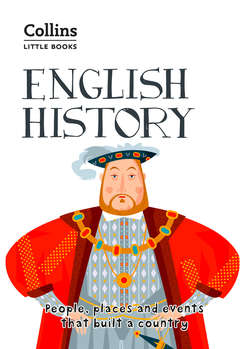Читать книгу English History: People, places and events that built a country - Robert Peal - Страница 17
Оглавление1042 | Edward the Confessor
In 1042, the English throne returned to Anglo-Saxon rule under Edward the Confessor. Edward the Confessor was mild-mannered, middle-aged, and extremely religious – hence his title ‘Confessor’. This intense religious faith may explain why King Edward remained childless even after he married. Edward’s failure to provide an heir set the scene for perhaps the most famous event in English history.
As Edward the Confessor drifted into old age, three claimants started jockeying for the right to succeed him as King of England. Firstly, there was Harold Godwinson, the Earl of Wessex. Harold was a powerful Anglo-Saxon nobleman, and brother-in-law to the king through his sister Edith. Second, there was William Duke of Normandy, a ruthless warrior from France who claimed to have been promised the throne by King Edward back in 1051. Lastly, there was the King of Norway Harald Hardrada, who wanted to return England to Viking rule.
Edward the Confessor did leave England another historic legacy, aside from an uncertain throne. His life’s work was the construction of Westminster Abbey, consecrated in December 1065, one week before Edward’s death. When completed, Westminster Abbey was the largest church in northern Europe, and has witnessed the coronation of every English monarch since 1066.
